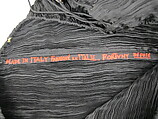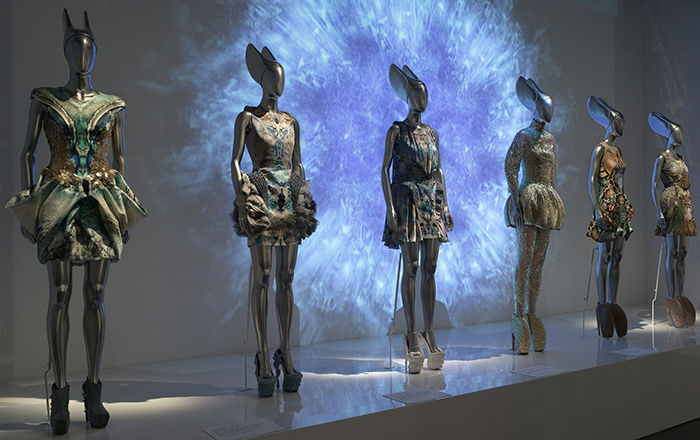On loan to The Met The Met accepts temporary loans of art both for short-term exhibitions and for long-term display in its galleries.
"Delphos"
Design House Fortuny Italian
Designer Adèle Henriette Elisabeth Nigrin Fortuny French
Designer Mariano Fortuny y Madrazo Spanish
Not on view
This image cannot be enlarged, viewed at full screen, or downloaded.
This artwork is meant to be viewed from right to left. Scroll left to view more.










